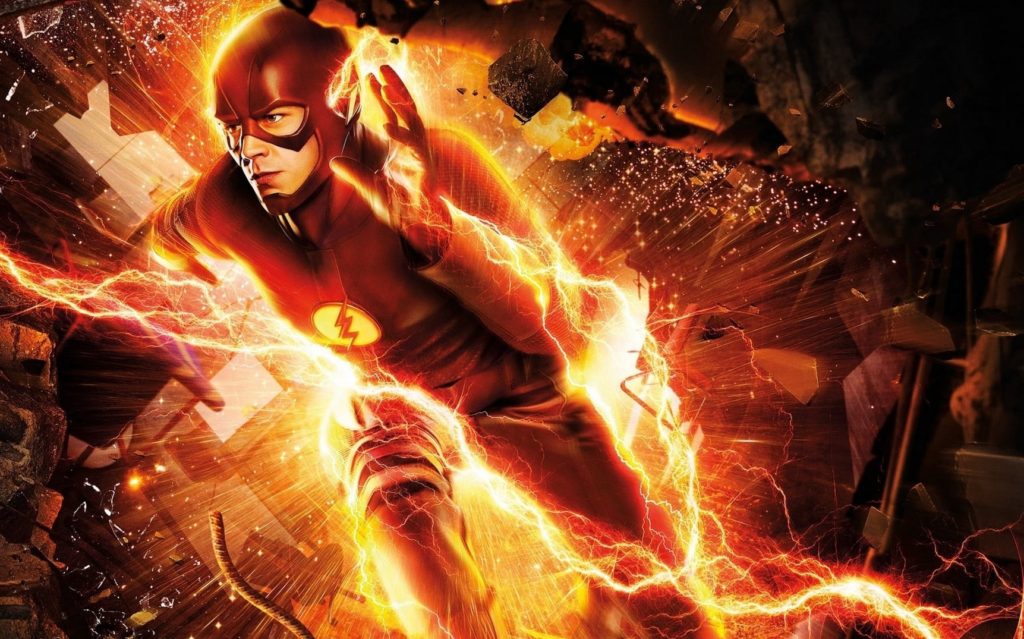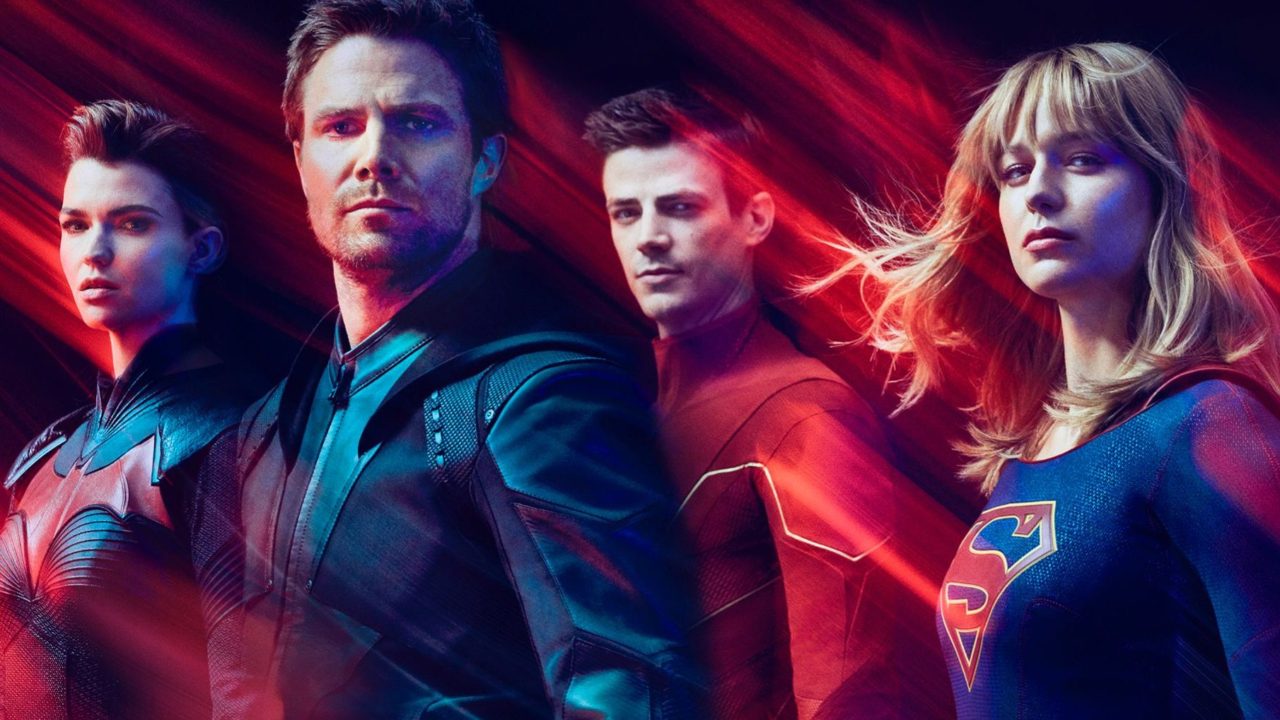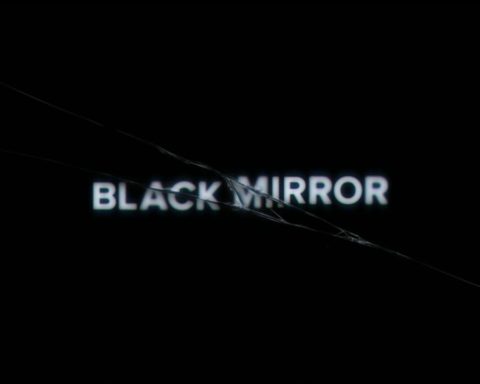If you live anywhere other than downtown Geeksville, I can’t blame you for never having heard of the Arrowverse, let alone Crisis on Infinite Earths.
Nestled on The CW, in their own small corner of peak TV, are the six superhero shows that could. Arrow, Flash, Supergirl, DC’s Legends of Tomorrow, Black Lightning, and Batwoman, have spent the better part of the last seven years carving out something of a niche for themselves. You could call it the most surprisingly successful niche in television.
Over 500 episodes (all of which I have, for better and for worse, sat through) they have serviced fans with some of the most comic-book-like narratives ever put on screen. Where their big screen counterparts often seem embarrassed to explore the zanier side of the medium – trying far too hard to root their stories in the “real” – these six shows have had absolutely no qualms indulging in everything from psychic talking gorillas and Confederate zombies, to giant murderous stuffed toys, to magical pits that can heal the dead. They have fought evil doppelgangers of themselves from other dimensions, and they have done so while sporting some truly kitschy costumes and spouting even kitschier dialogue.
To the uninitiated, the best way I can describe these shows is that they are one-part Power Rangers and one-part Days of Our Lives. (I swear more people have returned from the dead in Arrow than on all the soap operas ever made. Ever.)
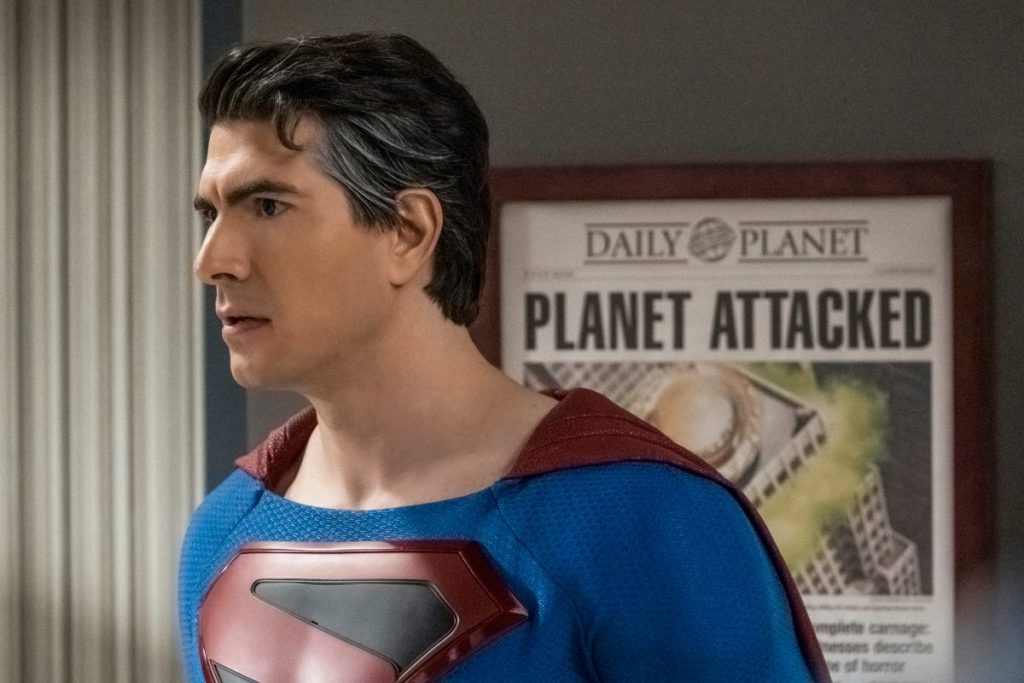
The reason I’m telling you all of this is because over the last week, these six shows pulled off something unprecedented in the history of television.
This last week saw the beginning of the culmination of seven season’s worth of stories. In a massive, five-part crossover event called Crisis on Infinite Earths, the producers of the Arrowverse have brought together every character across every one of their shows to tell one of the most seminal stories that DC had ever committed to the page. For the lack of a better analogy, this is their Avengers: Endgame.
What is it all about? Bear with me while I get through this. An evil intergalactic being called Thanos the Anti-Monitor wants to wipe out the multiverse and replace it with one that he has complete control over. Our heroes, with the help of the Monitor (not to be confused with the anti-Monitor) and all of their supporting cast, need to “slide” around from parallel universe to parallel universe in search of the seven Paragons who can ultimately defeat the big bad and save everything.
Don’t get me wrong, none of this makes for great television. (It isn’t even the best crossover in the Arrowverse. That honour belongs to 2017’s Crisis on Earth-X.) It is, in fact, so convoluted that it’s script exists solely to connect plot point A to plot point B to plot point C.
All of this may not mean much to you, but to the comic book geek, this is like Mrs. Fletcher and Columbo hiring Michael Knight and the A-Team to help them catch a criminal mastermind who has just stolen Airwolf by using Sam Beckett’s Quantum Leap accelerator to go back in time and possess the body of Stringfellow Hawke.
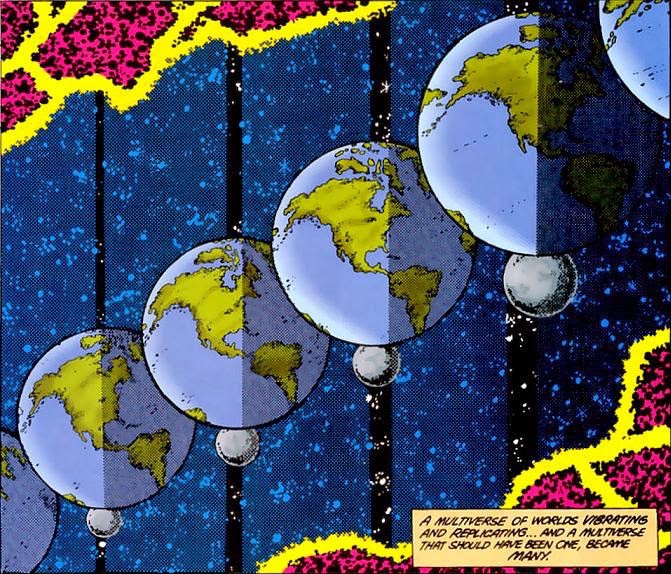
Crisis on Infinite… What?
In the comics, Crisis on Infinite Earths was very much an exercise in intellectual property clean-up.
Over the years, all of the stories in DC’s comic books had become far too complex and contradictory. So much so that it was utterly confusing, not just for readers, but also for the writers and editors of these books. And so, the powers that be decided that they needed a fix.
Their solution was really quite clever. They would introduce the notion that every story ever told in a DC comic actually took place across a vast multiverse of Earths. All of them real. All of them true. They would then, by way of the biggest most fan-tastic superhero crossover ever, collapse that multiverse in on itself, and consolidate all of those stories. They would cherry-pick and streamline the best ones, essentially hitting a big reset button on their whole oeuvre. After 50 years, they pretty much started all over again.
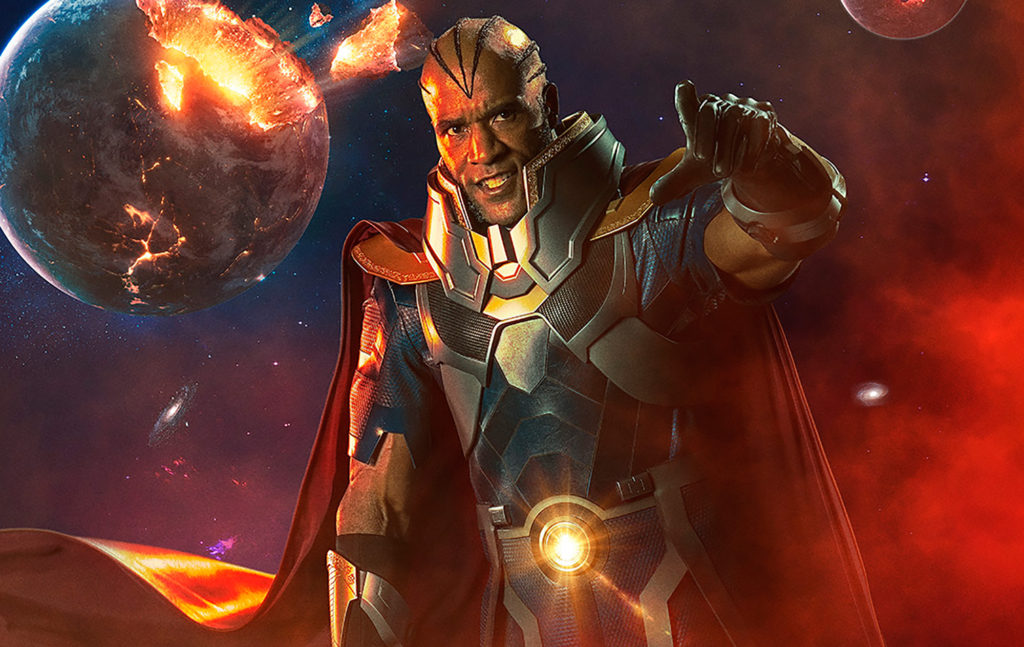
Crisis on Infinite Earths is messy, and it doesn’t make sense, but it is nevertheless momentous. And for two reasons.
First of all, there is the sheer shamelessness in its reason for being. Let’s be clear, this is an endeavor that is in no way accessible. And it isn’t trying to be. It exists, by design, solely for the enjoyment of an incredibly specific demographic. It is terrifically confusing for anyone who hasn’t followed every minute of the last 350 or so hours of these six shows, read all of the source material, and seen every last superhero – and superhero adjacent – television programme and movie that DC has made over the last five decades. When Burt Ward (who played Robin in the 1960s Batman) appears for all of 30 seconds only to exclaim “Holy crimson skies of death!”, you know you’re firmly in fan service territory.
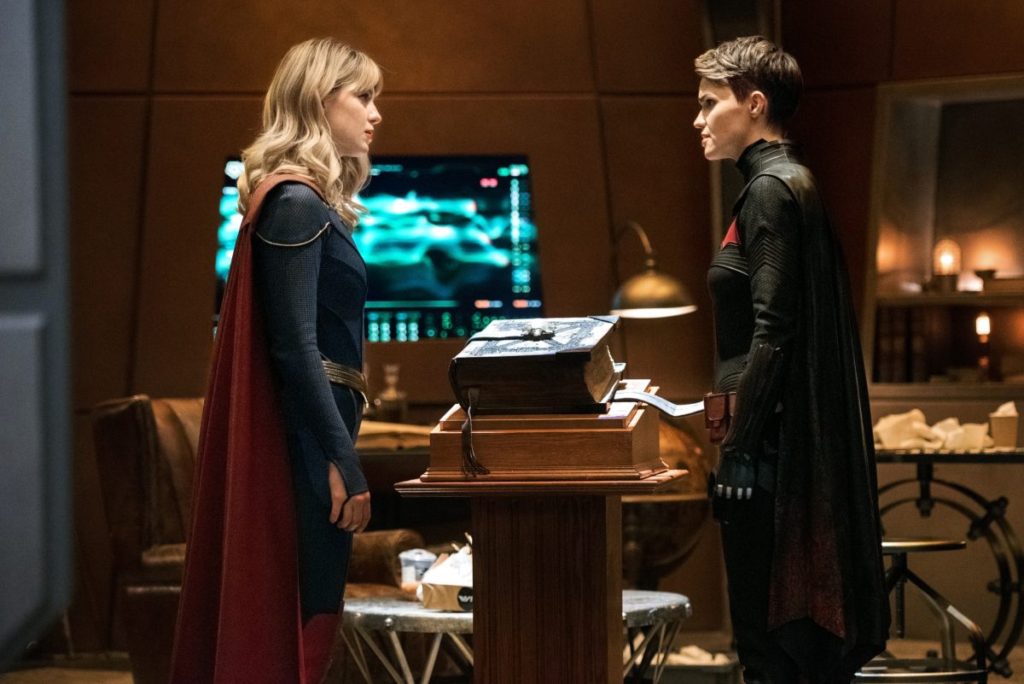
And then there is the impossible task of actually pulling something like this off. Corralling six groups of actors across six individual productions is hard enough, add to that dozens of cameos, from as many tv shows and movies, from Tim Burton’s Batman to Bryan Singer’s Superman, to Smallville, to the incredibly short-lived Birds of Prey, and what you have is something far more intricate and complex than anything else on television.
It is also something that could only exist because of this particular moment in our popular culture. At no point before this could the producers of the Arrowverse have gotten all of these actors, across all of these shows, spanning all of these years, to come together in this way. It could only happen in a media space in which the superhero story is the mainstream. And at a time when geek culture has attained some sort of mass recognition.
The Arrowverse’s Crisis on Infinite Earths is evidence as to just how pervasive the comic book has become. It tests the limits of what can be done on the small screen. But most of all, it is an audacious monument to geekdom.
An Incredibly Brief History of the Arrowverse
There is an interesting parallel between the history of the Arrowverse and that of the Marvel Cinematic Universe. Led by Greg Berlanti, the Arrowverse was built in very much the same way Marvel built their billion-dollar franchise, with a bunch of second and third-tier characters that no one really cared about.
DC didn’t have the same problem as Marvel with regards to different characters belonging to different rights holders, but they did, however, impose a strict rule on which of their superheroes could appear on the small screen. Their holy trinity – Superman, Batman, and Wonder Woman – were reserved for the biggest of screens and the biggest of budgets. You weren’t even allowed to mention their names on something made for television. Let alone on the tween machine that was The CW.
And so, not being allowed to play with the big boys’ toys, Greg Berlanti did something really rather ingenious instead. He took a whole bunch of minor characters and made them surrogates. Oliver Queen, the billionaire playboy with daddy issues who is hell bent on saving his city, would stand in for Bruce Wayne. Barry Allen, the eternal optimist who only ever sees the good in the world, would stand in for Clark Kent. And Kara Danvers, the wise and powerful defender of peace, justice, and equality, would stand in for Diana Prince.
Greg Berlanti had created his own trinity of superheroes with the Green Arrow, Flash, and Supergirl. And given how tragically DC’s efforts on the big screen had turned out, they eventually let him play with Superman too.

